Theoretical astrophysicists use a wide variety of tools which include analytical models (for example, polytropes to approximate the behaviors of a star) and computational numerical simulations. Each has some advantages. Analytical models of a process are generally better for giving insight into the heart of what is going on. Numerical models can reveal the existence of phenomena and effects that would otherwise not be seen. |
 |
 |
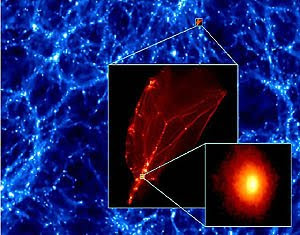 |
| Polytropic Fate of Neutron Star | Simulation Of Large-scale Structure Of Matter In Universe | Simulation Of Astroparticle Physics |
Theorists in astrophysics endeavor to create theoretical models and figure out the observational consequences of those models. This helps allow observers to look for data that can refute a model or help in choosing between several alternate or conflicting models. |
Theorists also try to generate or modify models to take into account new data. In the case of an inconsistency, the general tendency is to try to make minimal modifications to the model to fit the data. In some cases, a large amount of inconsistent data over time may lead to total abandonment of a model. |
 |
 |
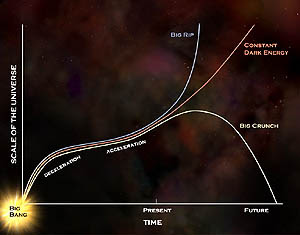 |
| Lambda-CDM Model Of Big Bang | Lambda-CDM Model | Lambda-CDM Model |
Topics studied by theoretical astrophysicists include: stellar dynamics and evolution; galaxy formation; magnetohydrodynamics; large-scale structure of matter in the Universe; origin of cosmic rays; general relativity and physical cosmology, including string cosmology and astroparticle physics. Astrophysical relativity serves as a tool to gauge the properties of large scale structures for which gravitation plays a significant role in physical phenomena investigated and as the basis for black hole (astro)physics and the study of gravitational waves. |
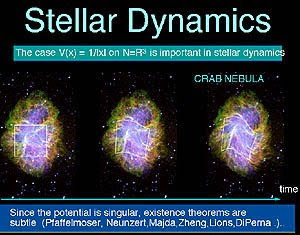 |
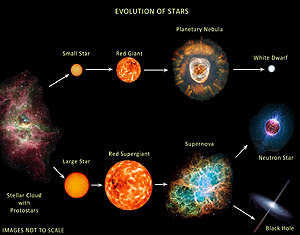 |
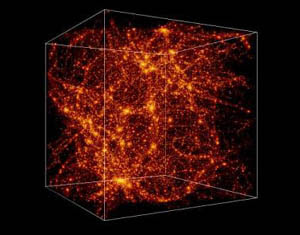 |
| Stellar Dynamics | Stellar Evolution | Galaxy Formation Simulation |
 |
 |
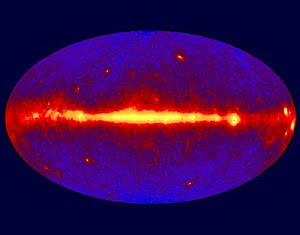 |
| Computational Simulation Of Magnetohydrodynamics | Simulation Of Large-scale structure Of Matter In Universe | Origin Of Cosmic Rays |
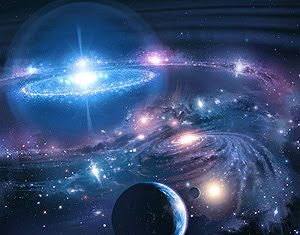 |
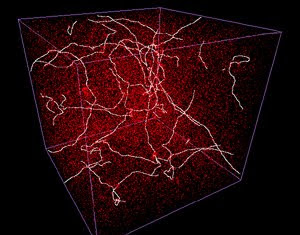 |
 |
| Simulation Of General Relativity And Physical Cosmology | String Cosmology | Astrophysical Relativity |
 |
 |
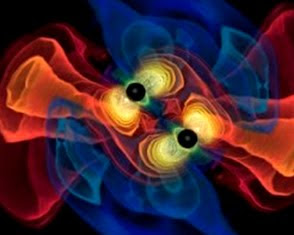 |
| Simulation Study Of Gravitational Waves Of 2 Neutron Stars Merging | Simulation Study Of Gravitational Waves | Simulation Study Of Gravitational Waves |
Some widely accepted and studied theories and models in astrophysics, now included in the Lambda-CDM(Cold Dark Matter) model are the Big Bang, Cosmic inflation, dark matter, dark energy and fundamental theories of physics. Wormholes are examples of hypotheses which are yet to be proven. |
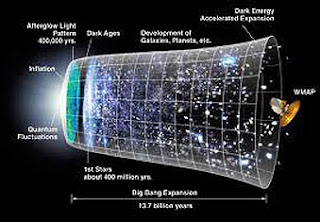 |
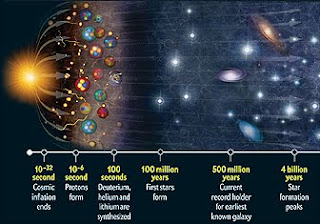 |
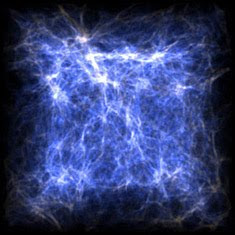 |
| Big Bang | Simulation Of Cosmic Inflation | Lambda-CDM Model Dark Matter In Universe |
 |
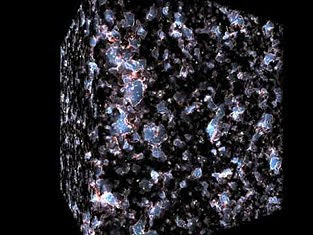 |
 |
| Simulation Of Formation Of Large Structure Dark Energy | Astrophysics Endeavor To Create Theoretical Models Of Cosmic Reionization | Simulation Of Wormholes And White Holes |
Simulation of Astroparticle Physics of Elementary Particle, Material Composition of Astronomical Objects, Nucleosynthesis of Star, Astrodynamics, Simulation of Cosmic Inflation, Bremsstrahlung - braking radiation. |
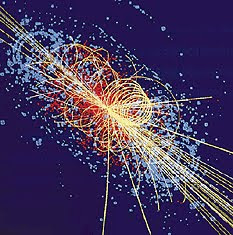 |
 |
 |
| Simulation Of Astroparticle Physics Of Elementary Particle | Material Composition Of The Astronomical Objects | Nucleosynthesis Of Star |
 |
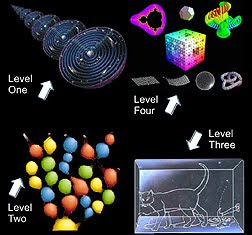 |
 |
| Astrodynamics | Simulation Of Cosmic Inflation Of Multi-verse | Bremsstrahlung - braking radiation |
No comments:
Post a Comment